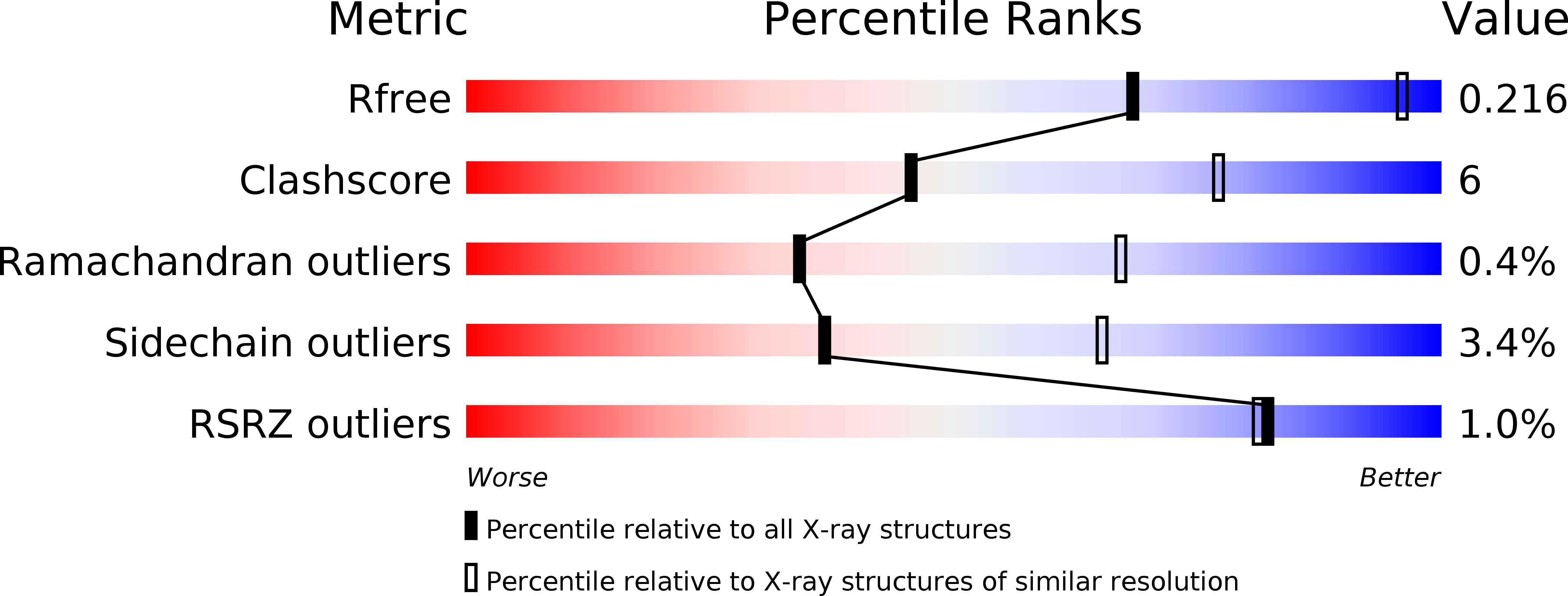
Deposition Date
2011-11-15
Release Date
2012-02-29
Last Version Date
2024-11-20
Entry Detail
PDB ID:
3UN4
Keywords:
Title:
Yeast 20S proteasome in complex with PR-957 (morpholine)
Biological Source:
Source Organism:
Saccharomyces cerevisiae (Taxon ID: 559292)
Method Details:
Experimental Method:
Resolution:
3.40 Å
R-Value Free:
0.21
R-Value Work:
0.17
R-Value Observed:
0.18
Space Group:
P 1 21 1


